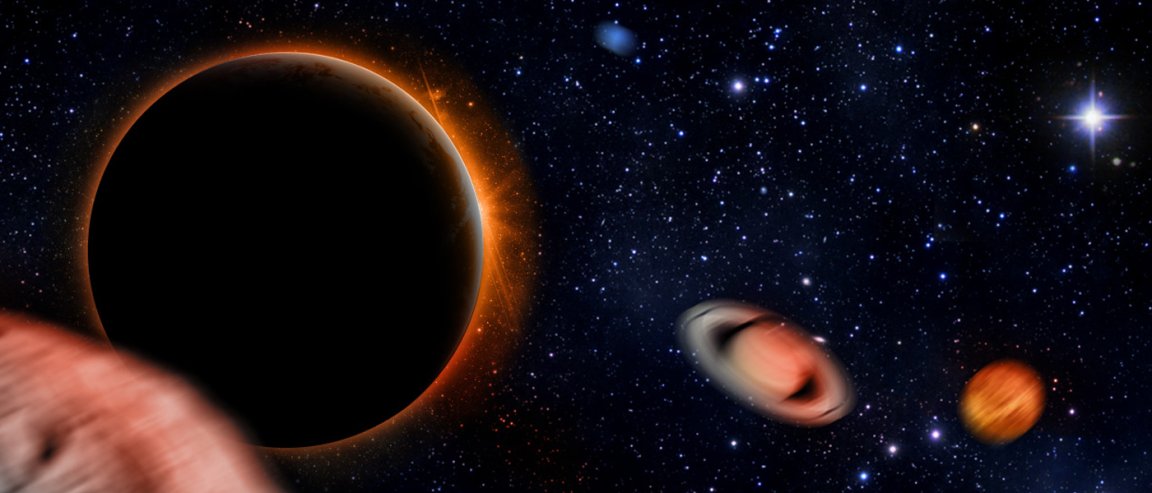
This is the End
Discoveries continue to be made that support the possibility of an elusive ninth planet hiding in the outer solar system. While we have no definitive proof of its existence, scientists are still running simulations to see how it might impact us.
One such simulation sought to study how Planet Nine may behave when our Sun dies (in more than seven billion years).
Previous models of the Sun’s death show it vastly expanding into a red dwarf, enveloping the Earth, along with Mercury, Venus, and Mars. This expansion is set to shove the remaining (known) planets out of harm’s way while the sun becomes a white dwarf. However, if we consider this new simulation, that may not be the case.
Planetary Pinball
Dr. Dmitri Veras of the University of Warwick’s Department of Physics modeled the final moments of our star as well; only this time he added Planet Nine into the equation. His finding painted a much gloomier outlook for these outer planets.
“Uranus and Neptune in particular may no longer be safe from the death throes of the Sun. The fate of the solar system would depend on the mass and orbital properties of Planet Nine, if it exists,” he says.
During all of the excitement over the Sun’s death, the hypothetical planet could be reeled in to a closer orbit. This would likely then set off a domino effect, altering the planetary orbits of the remaining bodies. Even more, the larger the size of Planet Nine, the greater is the threat of a “pinball” effect, completely knocking a planet out of orbit and into the vast unknown.
So, while this may all be a scary story that distant future humans can tell their grandchildren for eons, there’s actually knowledge to be gained now from Dr. Veras’s findings. We can gather some insight into other system’s evolutions and ultimate demises.